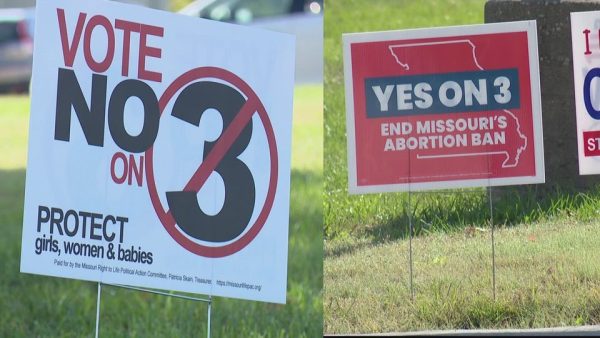21st Century Epidemic: Opioid Addiction
Opioid addictions continue to worsen at an alarming rate and control millions of lives.
The opioid epidemic in our country continues to grow at an alarming rate as more and more people become addicted to heroin, synthetic opioids and pain relievers. With over 115 drug overdoses daily, the abuse of opioids must be stopped.
Starting in the late ‘90s, healthcare started prescribing more pain relievers. Although patients were falsely promised they would not become addicted, many started to abuse the prescribed opioids. In 2015, more than 33,000 Americans died from overdose, while two million Americans suffered from substance abuse. Opioid overdoses increased 30% from July 2016 through September 2017 in 45 states, while the Midwest alone saw a 70% increase in overdoses.
Patients who become addicted to pain relievers such as morphine, oxycodone, oxymorphone and fentanyl are more likely to become addicted to heroin. Many of these drugs are prescribed to help recover from surgery, but people soon become dependent on opioids if used too frequently. About 80% of people who use heroin were misusing prescribed opioids first; however, only 6% of opioid abusers will use heroin.
One in every 100 young adults between 12 and 17 are misusing opioids. 57% of them received the drugs from family members or friends. Many kids misuse prescribed drugs by getting high off them, taking higher doses or mixing the prescription with other drugs. A large amount of young adults do not see the dangers of using a friend’s prescription, but prescribed drugs are reviewed by a doctor very seriously before being administered to a patient.
Besides prescribed opioids, 20% of 12th graders said they could easily get heroin if they wanted to. The use of heroin has doubled in the past 15 years to nearly one million people, including 13,000 young adults.
In 2016, Missouri ranked as number 19 in number of deaths caused by opioid overdoses. While prescriptions may be decreasing, overdoses are increasing. 67.6% of deaths were males, and the biggest age group was 25 to 44 years old. The majority of overdoses occurred in St. Louis County, specifically St. Louis and St. Louis City.
In 2018, around three people a day in St. Louis were dying from drug overdose. There were 1,080 people who died of opioids in St. Louis and eight nearby counties, up 30% from 2017. For 12 consecutive years, drug-related fatalities have increased. In 2017, 34 states decreased in drug overdose deaths, while Missouri saw the second-highest increase in the nation. Many of these deaths were caused by fentanyl, a potent opioid 50 times more powerful than heroin, which can be produced cheaper and quicker than heroin.
Opioids attach and activate receptor proteins in the brain, spinal cord and other bodily organs. When the drugs attach, they restrain the transmission of pain signals. Opioids can also produce drowsiness, mental confusion and slowed or stopped breathing. Many people become dependent on drugs as a result of body adaptations to drug intake. They suffer from withdrawals when they stop using the drug, but dependence can be reversed with gradual reducement of the prescribed drugs.
The United States Department of Health and Human Services, or HHS, has five main strategies to try and prevent future overdoses. They want to improve access to treatment and rehab, promote the use of overdose-reversing drugs, strengthen understanding of the epidemic, provide support for research on pain/addiction and advance better practices for pain management.
The National Institutes of Health (NIH) is the leading medical research agency in the U.S. They are working on finding safe, non-addictive pain relief and new medications to treat opioid addiction, as well as improving overdose prevention. Although treatment plans are being set into action, there is still a long way to go.
Teenagers also have the power to help prevent opioid misuse and addiction. Never use someone else’s prescribed medication under any circumstances. If you have a serious injury due to anything from dental work to a sprained ankle, talk to a doctor about your options. Do not continue to use opioids after the pain is gone.
In addition, with the availability of technology, teens can access information about the risks of drug misuse, along with prescribed drug information. Education is key, as you want to be sure you know exactly what you are putting in your body. Taking the correct dosage of opioids is extremely important. If prescriptions are taken incorrectly, the drug misuse can easily become an addiction and may be hard to stop.
As the opioid epidemic continues to increase, make sure to use only your prescribed amount of medication and avoid the use of addictive pain relievers. If you are addicted to opioids, talk to a doctor about treatment options as soon as possible.
Sources:
https://www.drugabuse.gov/drugs-abuse/opioids/opioid-overdose-crisis
https://health.mo.gov/safety/ems/more/pdf/opioid-data-fact-sheet.pdf

Christian is a senior here at St. Dominic. He is the secretary of the Ambassadors Program and involved in National Honors Society, Peer Ministry and Pro-Life...








